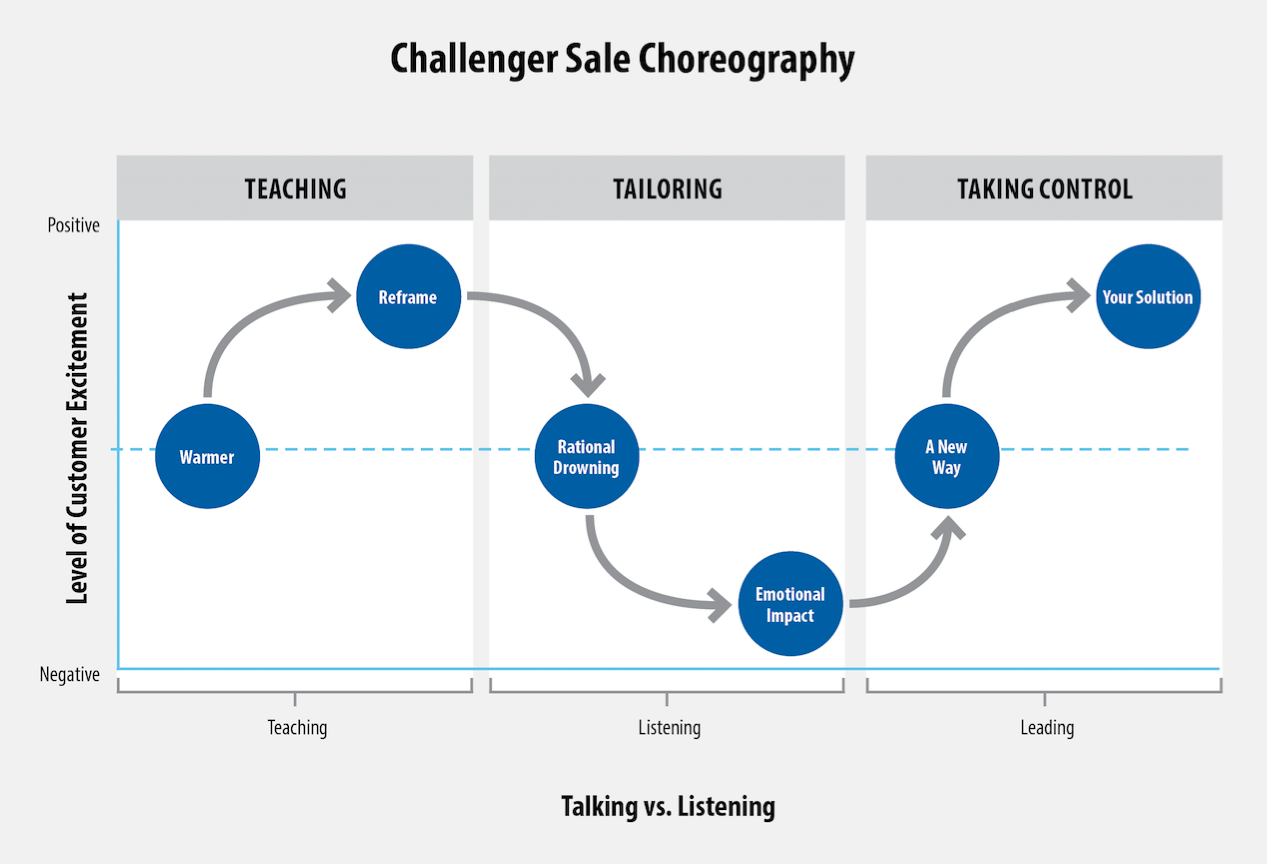The Magic of the Buying Cycle
Increasing sales and revenue with digital marketing involves far more than generating leads. Too many marketers have focused their efforts almost entirely on demand generation at the expense of proactively moving leads through the funnel and closing more deals. EMA supports a balanced digital marketing approach that focuses on moving buyers forward at all points in their buying journey.
Awareness
The awareness phase of digital marketing is for people who have never heard of your company, heard little about you, or have heard about you, but not regarding a new challenge they are facing. There are three things you want to do for a potential buyer: attract, inform, and educate them.
Attract buyers with a hook, a title, statement, or data point that makes them curious or touches on one of their needs. Inform potential buyers about new perspectives, thought leadership, or practical advice on common challenges. Educate them about how to move forward, how to overcome, how to excel, or how to win in a challenging market.
Consideration
The consideration phase of digital marketing targets people whose challenges and pain points have come to the surface. They are entering the beginning of the decision-making process. At this stage, buyers are still gathering information from many different places. It is time to interest and inspire them.
Consideration is your time to stand out from the pack. Everything you say and do must focus on differentiation, not just “me too.” Interest them with customer experiences that are unique to your offering. Inspire them with simple answers to their biggest challenges, or with vision and capabilities perceived as future, but possible today. Surprise them with new information not yet revealed in the awareness phase.
Decision
The decision phase of digital marketing takes the dialogue toward closure on a decision. Buyers during this stage are usually comparing a final list of different products. They are more concerned about how others have succeeded on similar journeys, and susceptible to the fear of missing out (FOMO). There are four imperatives to pursue in this phase: awaken, persuade, validate, and convince.
Awaken the decision-making part of their brains with ideas and images that are unexpected and relevant (ask me about Broca’s when we talk next). Persuade them with lines of thinking that challenge the status quo. Validate your solution with specific research, success stories, and “day in the life” studies. Convince them with a business case, ROI study, or value generation calculator.
Sales Alignment
Along with the typical buying stages for digital marketing, leading edge companies are also providing digital assets to help their sales teams operate with the greatest impact on the buyer journey. For example, EMA works with clients to align third-party digital assets with the challenger sales methodology, seen in the image below.

Source: The Challenger Sale, Adamson and Dixon
Especially in the high-tech industry, buyers are looking for numbers, facts, and figures behind what they are hearing from vendors. EMA research lends validation to trends in the warming stage, where the sales team is working to build some common ground with buyers. For the reframe, data points are often the best way to provide a “commercial teaching” that challenges the status quo thinking of a buyer and awakens them to consider a new solution. Every stage of the challenger sale should be matched with supporting digital assets.
As you build out your digital market matrix based on personas and buyer cycles, remember that third-party validation always lends credibility that is not achievable by internal content creation.




